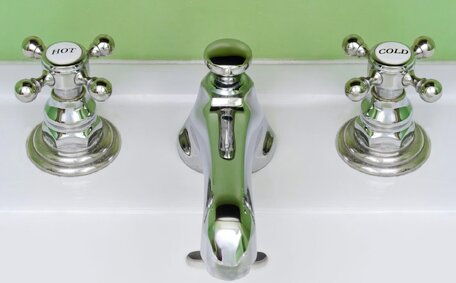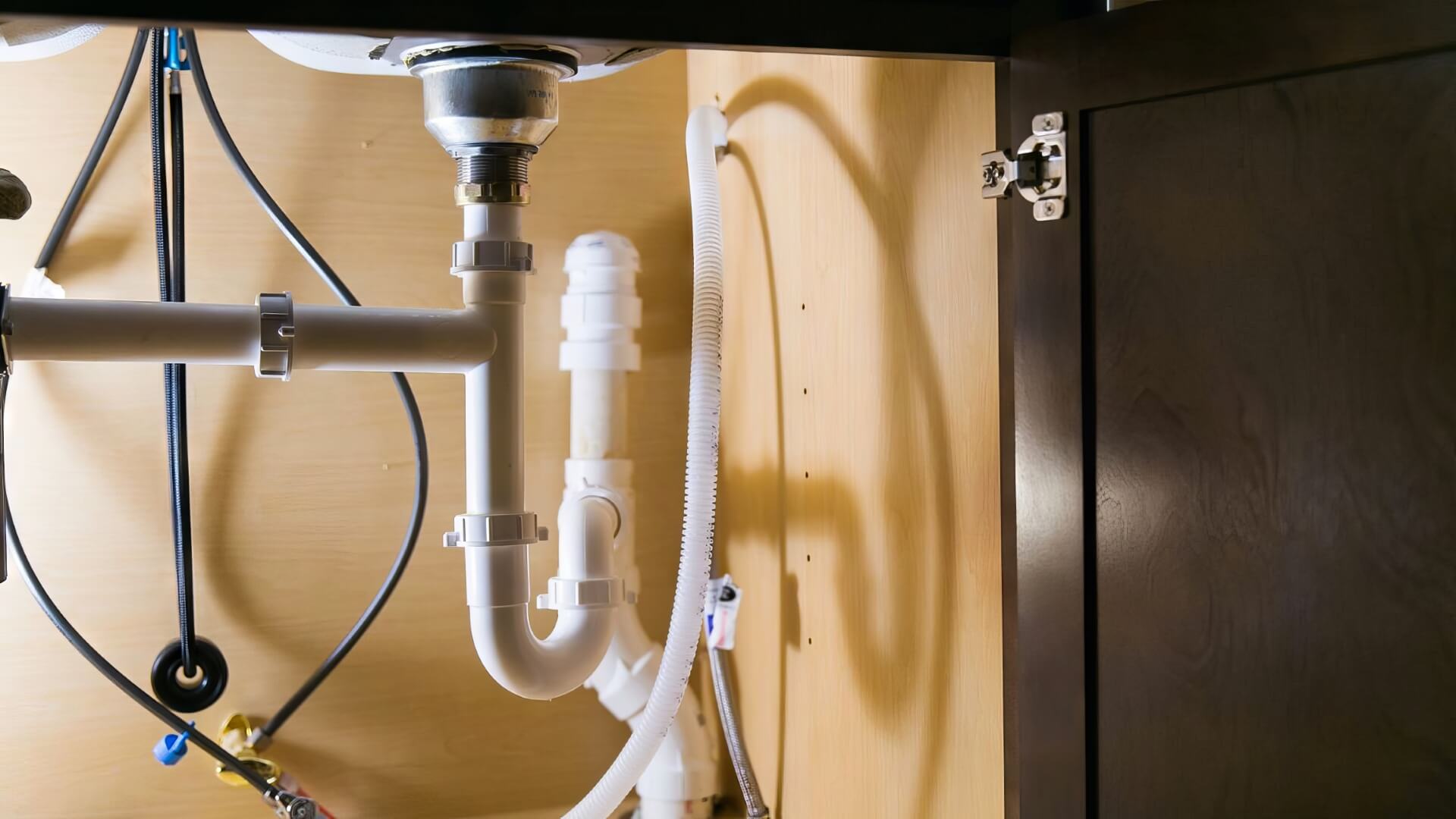
Does Pipe Relining Increase Property Value?
Pipe relining fixes damaged pipes without digging or replacement. It prevents leaks, damage, and improves drainage. This increases property value and saleability for under $2000.
Read MoreIt’s frustrating when you turn on the tap for hot water and only cold water flows.
When there’s no hot water coming from your system, it can put a wrench in your morning routine and leave you scrambling to figure out the problem. This troubleshooting guide provides a systematic checklist from Leichhardt Plumbing’s expert plumbers to resolve cold water issues effectively.
We address common issues and solutions for gas, electric, and solar water heaters, ensuring you and your family enjoy the comfort of hot water again.
Our guide includes preventative maintenance tips to help avoid cold water issues with your water heater. Taking a proactive approach by inspecting, flushing and servicing your water heater annually can go a long way toward reliable operation.
With 25 years of experience, we ensure optimal performance of all water heater makes and models.
Struggling with cold water issues? Our licensed plumbers are on call 24/7 to restore your hot water supply.
Having your hot water suddenly stop working can be incredibly inconvenient. Before troubleshooting your specific system, it helps to understand some of the most common reasons hot water may stop flowing in Australian households where water heating accounts for about 21% of energy use.
Issues with electric storage water heaters typically involve the heating element, thermostat, or anode rod. Notably, anode rods typically need replacement every 5-8 years to protect the tank.
The element heats the water while the thermostat controls the temperature. If either fails, you’ll get cold water.
In gas systems, usual suspects include the pilot light extinguishing, a defective gas control valve, or thermocouple sensor issues.
The pilot light ignites the burner to heat water. If it goes out, the system shuts down. The gas valve regulates flow. A malfunctioning thermocouple disrupts temperature monitoring.
The following sections detail step-by-step troubleshooting for electric and gas heaters, addressing frequent cold water causes. Understanding the problem guides solutions.
Troubleshooting an electric hot water system to get your hot water flowing again can be done in a few straightforward steps:
Once you’ve identified a loss of hot water, the first troubleshooting step is to check whether the electric water heater is getting power. Here’s how to do it safely:
Examining fundamental power connections can uncover simple fixes for cold water issues. Leave electrical repairs to the professionals for safety’s sake, unless you’re a qualified electrician.
Inspecting the heating elements is a key step in diagnosing electric water heater problems. Here’s how to do it safely and effectively:
Taking the time to properly inspect heating elements by sight and with a multimeter test can help identify and resolve common electric water heater faults. Always exercise caution when servicing electrical equipment.
Testing the thermostat is crucial in diagnosing problems with electric water heaters. Follow these steps:
Verifying proper thermostat operation and replacing if faulty can resolve hot water issues. Always take safety precautions when testing electrical components.
Troubleshooting gas hot water systems involves inspecting some key components. Follow these steps for a gas water heater not producing hot water:
Following these troubleshooting steps for gas systems can help resolve common pilot, burner and thermostat issues to restore hot water. Never hesitate to call professionals for potential gas leaks or malfunctions.
Inspecting the pilot light is a critical step when troubleshooting a gas water heater that fails to produce hot water. Here is a step-by-step guide to ensure water comes out hot as expected by checking the pilot:
Checking the pilot light and making any necessary repairs to ensure it’s better than before, burning strong and steady, again is essential to restoring hot water on a gas system. Seek professional assistance if you encounter doubts or difficulties.
Ensuring adequate gas supply is vital when troubleshooting a gas water heater. Follow these steps:
Assessing the gas supply can restore hot water functionality. Call a professional immediately if you ever smell gas.
Preventative maintenance keeps your water heater operating safely and efficiently. Follow these annual maintenance tips:
Sediment buildup reduces efficiency. Drain 2-3 gallons from the tank’s drain valve. Open hot water taps to flush until water runs clear. Refill tank.
Replace if necessary. Keep area around valve clean.
Briefly lift and release the test lever to flush and verify smooth operation. Replace if faulty.
Annual maintenance keeps your system operating safely and can significantly extend the life of your water heater. Contact a plumber if you experience more than just the usual quirks with your system.
Replace if necessary. Keep area around valve clean.
Briefly lift and release the test lever to flush and verify smand Flushing Tank
Regularly draining and flushing ylly crucial if you have hard water.
Sediment buildup can lead to rumbling, popping noises and a loss of hot water. Annual draining and flushing removes mineral deposits and prolongs the life of your water heater. Contact a plumber if you have difficulty with the process.
Inspecting the drain valve on your water heater annually ensures it operates smoothly for maintenance and emergencies. Follow these steps:
Regular drain valve inspection is key for maintenance or emergencies. Ignoring an inoperable valve can lead to larger leaks and complications, which is why prompt plumber attention is advised.
The pressure relief valve is an important safety component on all water heaters. This valve helps prevent dangerous pressure buildup by opening and releasing excess heat and pressure if the tank exceeds safe limits. Checking it annually ensures it works properly when needed.
Follow these steps to test the pressure relief valve:
Testing the pressure relief valve ensures its ability to release excess tank pressure, maintaining safety. This provides an essential safety measure for proper water heater operation.
The pressure relief valve is an important safety component on all water heaters. Checking it annually ensures it works properly whenr.
While many hot water issues caned in this guide, there are some situations where it’s best to call in a professional plumber for assistance:
Leichhardt Plumbing’s experienced licensed plumbers are available round the clock to tackle persistent hot water issues. Give us a call at 1300 349 338 or email [email protected] to schedule service. We can quickly diagnose the issue and get your hot water flowing again.
A reliable hot water system is key to everyday comfort and convenience. This guide’s detailed checklist can help solve frequent hot water issues, letting you enjoy warm showers as expected.
A detailed inspection of heating elements, thermostats, pilot lights, and gas valves, complemented by tank flushing, can reinstate hot water. Annual maintenance, including flushing and anode rod replacement, enhances system longevity and performance.
If cold water troubles persist, reach out to Leichhardt Plumbing. Our proficient, licensed plumbers are available to service the Sydney area. Dial 1300 349 338 or email [email protected] for assistance.
Reach out to us for prompt diagnosis and expert repair of your hot water heater, ensuring hot water is swiftly restored in your home.
Pipe relining fixes damaged pipes without digging or replacement. It prevents leaks, damage, and improves drainage. This increases property value and saleability for under $2000.
Read MoreThe efficiency of your hot water system can be impacted by various environmental factors. Proper insulation, temperate climates, and appropriately sized systems lead to enhanced efficiency, lower energy bills, and reduced emissions. Compare different hot water systems and learn tips to maximise efficiency.
Read MorePipe relining is the most effective way to permanently solve bad sewer smells without the need to dig trenches or damage your property. Our trenchless pipe repair specialists use specially designed pipes to reline your old, damaged pipes. This stops cracks and leaks that let sewage smells flood your home.
Read MoreLeichhardt, 2040 NSW
We will call back as soon as possible.




